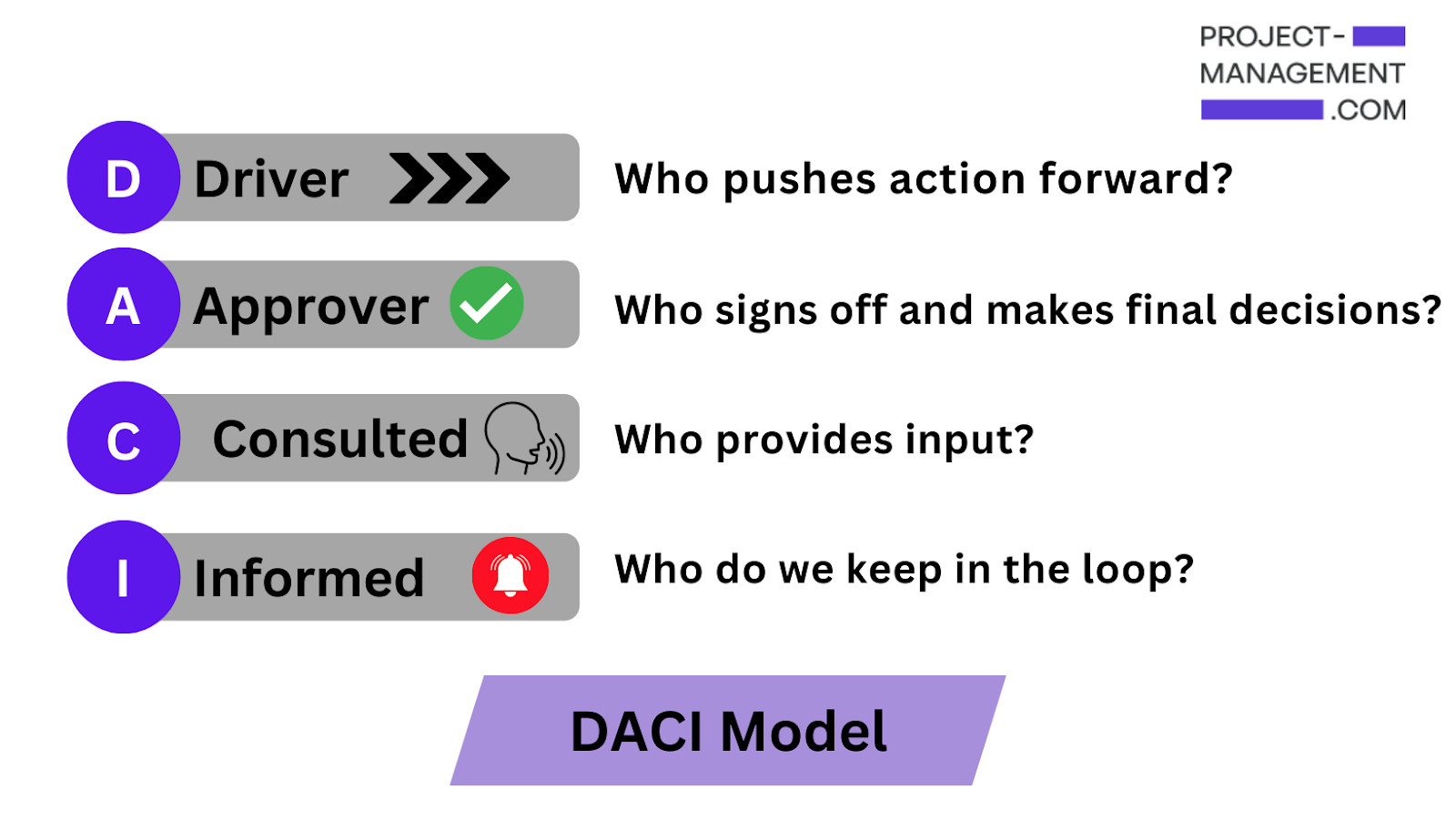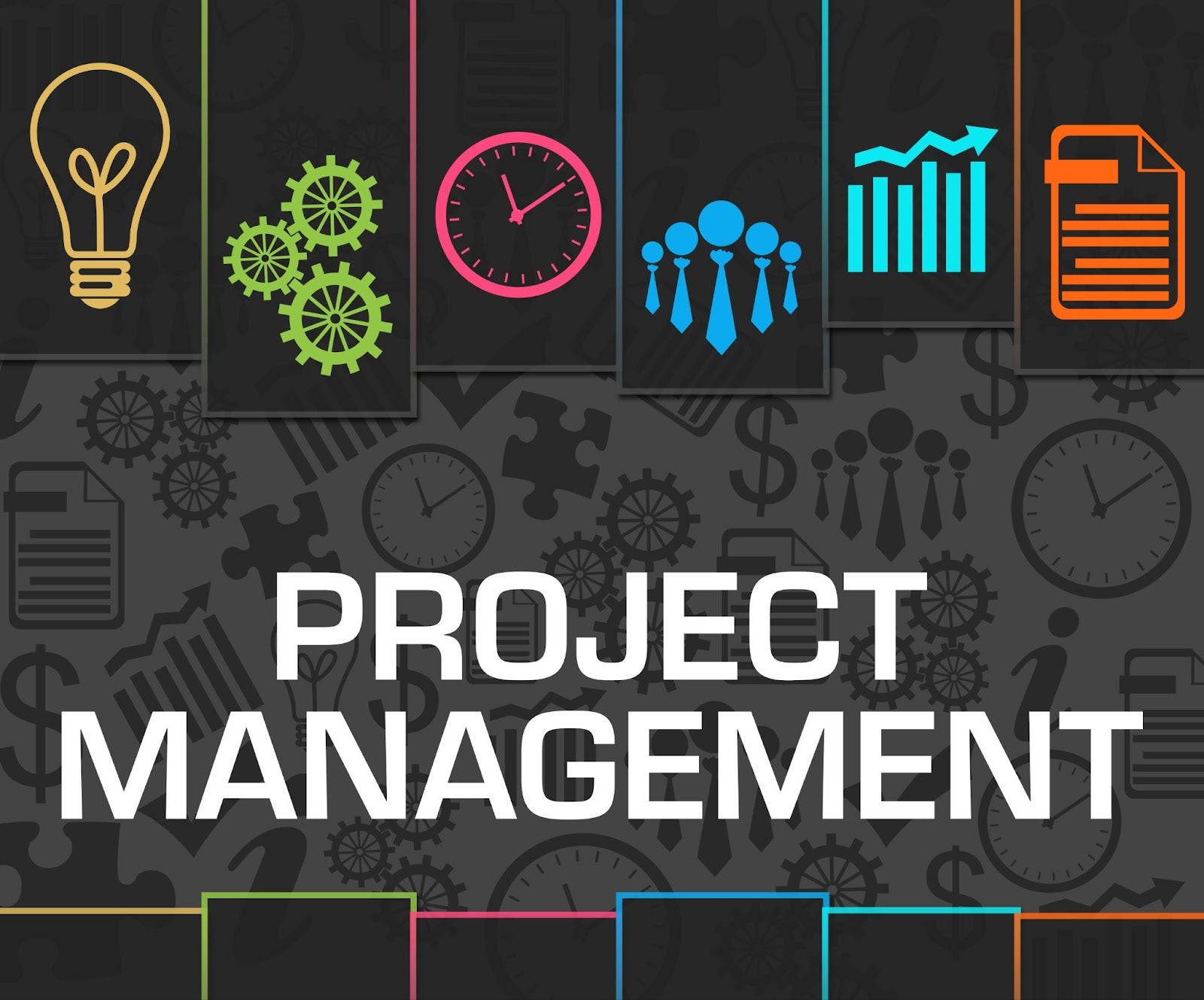
How did you feel when your parents were having a fight in front of you and you were put right in the middle? That’s something most of us have been through. Such experiences may be the root to our discomfort towards disagreements.
No one likes conflicts. Still, they are a natural part of the way we communicate with other people. When you’re dealing with a group of strong individuals with their own opinions, you’ll inevitably witness conflicts. Moreover, you’ll be part of some of them. If you’re a project manager, you’ll have to moderate and manage disagreements.
In the workplace, conflicts can be productive. When different opinions clash, but the team members try to find common ground, you may come down to great solutions. If, however, the conflicts become toxic and never-ending, they affect the productivity of the whole group in a negative way. In either way, the project manager plays a crucial role.
We’ll give you 6 tips that help you manage disagreements successfully.
1. Accept the Fact: Conflicts Are Inevitable
You want all members of your team to be as creative as possible, don’t you? You want them to give ideas and express opinions. When you support the creative processes, you should accept conflicts as inevitable. Some conflicts are constructive. If they are related to the work and you see good arguments coming up, don’t suffocate the disagreements. Let everyone express their opinion, but remind them to stay civilized.
Support constructive discussions and request the workers to support their claims with facts and arguments. With this attitude, you’ll realize that the best office is not necessarily the one without conflict. You’re after an environment that supports constructive discussions. If the conflict goes beyond constructive discussion, that’s when you’ll need to find a way to stop it.
2. Don’t Procrastinate Resolution of Personal Conflicts
Personal conflicts are the worst. They are far from constructive. You can’t expect everyone to like everyone in the office. You’ll notice that some people are inpatient towards others. They form cliques. They sit on a separate table in the coffee shop and take all breaks together. That’s okay. However, if you notice that the people in your office get into personal conflicts, you’ll need to give them a talk.
How do you notice this type of conflict? You’ll see it in the moment when the arguments get personal. The team members might start talking about the work, but you’ll soon hear them saying things like “You’re stupid. Don’t be such a bitch. You’re doing this every single time. “
What talk should you give? Professionalism. Teach them that! Explain that if they want this project to be successful, they will have to suck it up and solve the personal disagreements. Collaboration is absolutely necessary for everyone’s sake.
Read More: What is Project Management? Definition, Types & Examples
3. Say What You Think, But Make Compromise
Since you’re the project manager, everyone will expect your opinion. Don’t feel obligated to take sides. Don’t even think about gravitating towards the opinions of the people you like better. Think! Express your opinion in the most respectful way possible.
Then, moderate the conflict and try to find a compromise. Bring all sides to a common ground and think of a solution that works for everyone. That’s a hard thing to do in practice, and sometimes it’s not possible. If you can’t find a solution everyone likes, they will just have to deal with it for the sake of the project.
4. Encourage Communication
The leader has a responsibility to encourage a healthy level of communication within the team. Lack of communication always leads to conflicts. Be part of the discussions and lead them in a constructive direction. If you notice a conflict of opinions, encourage them to communicate!
The idea is to help them all come down to a solution, so no one will feel like a winner. They will share their ideas and stay open for other people’s opinions. You can achieve this level of communication through everyday work. Don’t wait for a conflict to arise for you to try this technique.
5. Use a Calm, Lower Voice
Whatever the case is, you should never show you’re nervous. Before doing or saying anything, you should calm down. If you speak in a loud voice, you’ll only make everyone more nervous than they already are. If you tone it down, you’ll force them to listen to you. The lower your voice is, the harder they try to listen. In a way, you make them focused on the things you say.
Lowering your voice also gives you a psychological advantage in the discussion. You show that you’re keeping it all together and you’re confident in what you say.
We are not talking about whispering. Use calm, low voice with a convincing tone.
6. Always Consider All Points of View
A conflict can lead to beneficial results only when you’re not stubborn. You have an opinion, and that’s all right. However, you should never be convinced that you’re the only person who knows best. Remember: collaboration is the key to success of any project.
Listen to what everyone has to say. If necessary, have several meetings and discussions. Don’t rush into a solution. When you’re sure you’ve identified the strength and weaknesses of everyone’s arguments, you’ll make the best decision.
Conflicts are never easy to solve. They might just be the most frustrating aspect of your job. Still, they are part of what you do, so you have to learn how to deal with them. Hopefully, the 6 tips above will make you a better moderator whenever a conflict occurs within your team.





